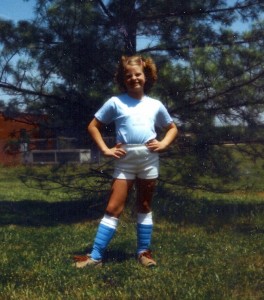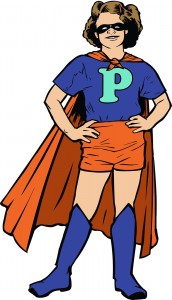It’s 2016. Coming back from winter break has been a bit challenging. Getting back into the flow of planning and writing. Adjusting to the ridiculously cold weather. Coping with a child who is staging a powerful display of resistance (physically and emotionally) to going to school. Even with these challenges, I’ve managed to continue working on my book project. Here are some of my thoughts.
Lists!
From the start, I’ve been jotting down lists in my green notebook and I always envisioned that I would include them in this project in some way. Over the past week, I’ve realized that they could be central to my format. Yesterday I spent more time adding resources to the “list” category on my Undisciplined Stories page and posted a list on my Trouble blog. And this morning I read and thought about how lists work and why we create them (Umberto Eco’s ideas are particularly compelling).
In the midst of this thinking, I made some connections between lists and the syllabus:
- the etymology of syllabus is Late Latin syllabus or…”list”
- syllabi include many different lists: reading lists, assignment lists, expectation lists, rules lists
- both the syllabus and lists in general are designed to create order out of chaos, to give us focus and create boundaries and direction
- both the syllabus and lists function as a sort of “account”…and giving an account is one of my purposes in this project
How do I want to format my lists? How pithy should they be? What is the point of lists? With this last question, I’m thinking about different types of lists and their origins: treatises/manifestos, to-do lists, top ten lists, how-to lists, etc. Random thought/question: If lists create order out of chaos, do questions create chaos out of order? I see both of these things (lists and questions) as central to my pedagogy and this book. How do they function beside each other?
A List of Lists that I’m thinking of including:
- How to Read, one Strategy
- What is an Education For?
- Toxic Academic Values
- Healthy Academic Values Made Toxic
- Academics who resist the Academic Industrial Complex from within
- What’s a Teacher?
- What I am NOT giving; What I AM giving
- Troublemaking Teaching Techniques
- How to be…some useful virtues
- How to be…a troublemaker and trouble-stayer
- Be like a…
- How-to guides: How to…cite, (not) think, tell stories online, pay attention, engage; ask questions, write, watch tv
- Rules
- Healthy Habits
- Troublemaking role models
- Ideas generated while reading in the bath
Wow. Spending more time thinking and writing about lists is fascinating and (over?) stimulating.
Super-hero Sara
For my birthday last year I asked for a super-hero version of one of my favorite pictures of myself (it was created by Sam Smith of Replace). STA didn’t have time to tweak it until I finally forced him to do it this past weekend. I really like how it turned out! I’ve already added it to my TROUBLE blog. I want to incorporate her into this book project.


Trouble, the Syllabus?
Speaking of my trouble blog, I’m thinking of creating a syllabus for reading/using it. This syllabus, which will also be included in the second section of my teaching portfolio for this book project, would be on the front page of TROUBLE. Will this work? Has anyone created a syllabus for reading/engaging with a blog?